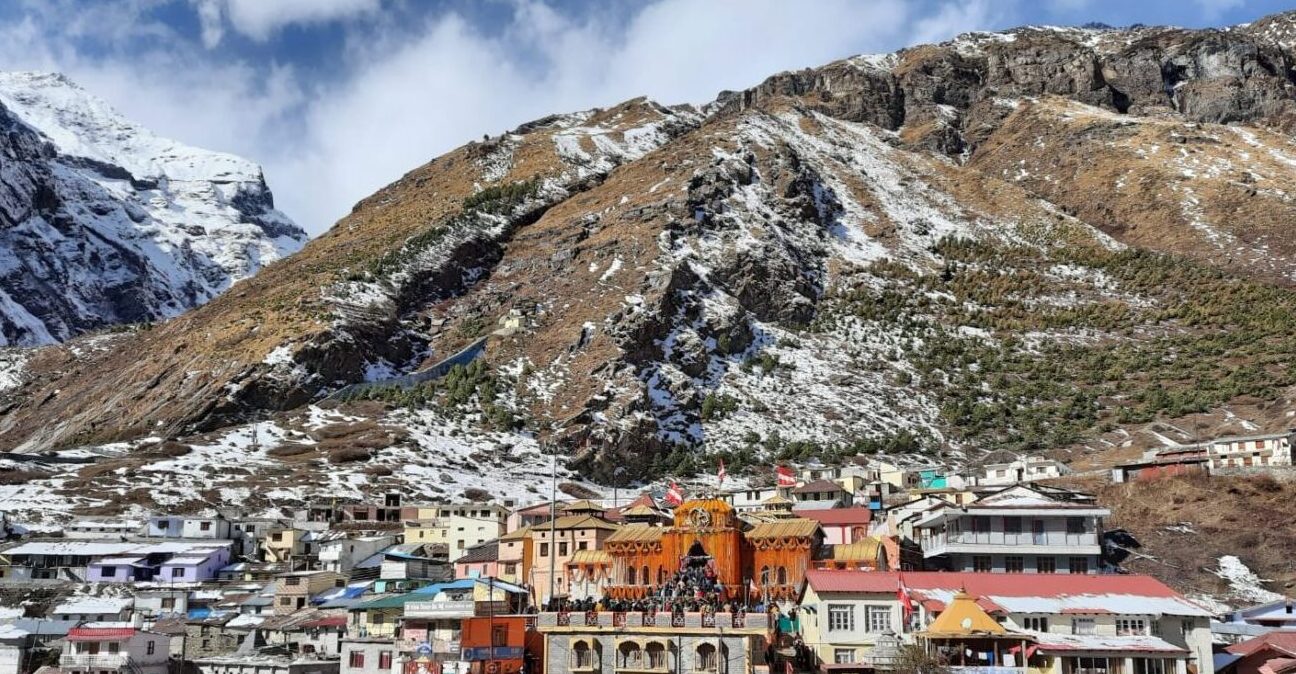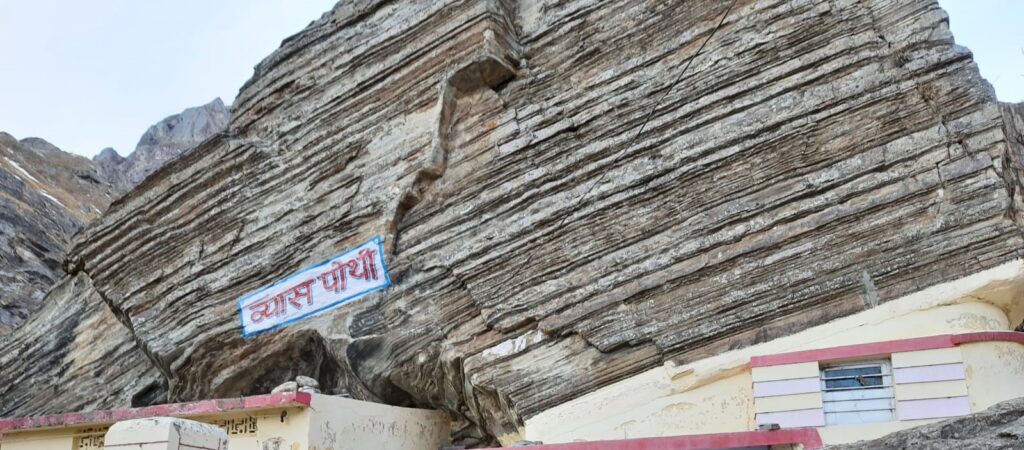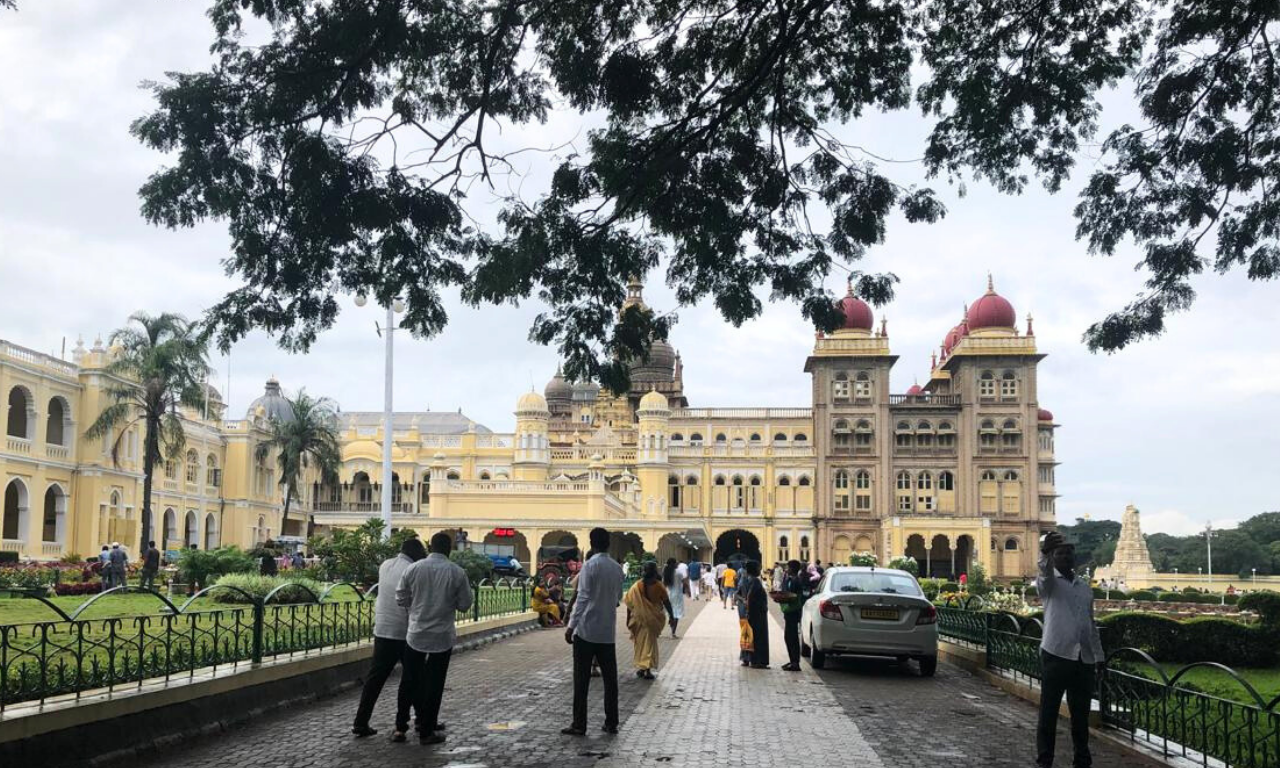
All About Badrinath Temple, Uttarakhand
Exploring the Spiritual Majesty of Badrinath Temple, Uttarakhand
Nestled in the tranquil laps of the Himalayas, Badrinath Temple is a sacred jewel of Uttarakhand tourism and a cornerstone of India’s cultural and spiritual heritage. Situated at an altitude of approximately 3,300 meters (10,827 feet) in the Chamoli district, this revered temple is dedicated to Lord Vishnu, the preserver in the Hindu trinity. With its serene location and profound spiritual significance, it stands as one of the most visited pilgrimage sites in India.
A Glimpse into History and Mythology
As part of the Char Dham Yatra, Badrinath Temple holds immense religious importance. The temple was re-established by Adi Shankaracharya in the 8th century and is steeped in Hindu mythology. Lord Vishnu meditated here, while Goddess Lakshmi shielded him by transforming into a Badri tree, giving the temple its name.
The sanctum houses a black stone idol of Lord Vishnu in a meditative pose, surrounded by idols of other deities. This idol, believed to be discovered by Adi Shankaracharya in the Alaknanda River. Which is one of the eight self-manifested statues of Vishnu, also known as Swayambhu Vishnu idols.
Architectural Splendor
Pilgrimage and Festivities
Open from April/May to November, the temple attracts millions of devotees each year, particularly during the auspicious Char Dham pilgrimage.
The Badri-Kedar Utsav is the most celebrated festival here, featuring devotional songs, dances, and religious processions. Another prominent event is the Mata Murti Ka Mela, which celebrates the descent of the Alaknanda River, a lifeline of the region.
Reaching Badrinath
Air: The nearest airport is Jolly Grant Airport, Dehradun, located about 311 km away.
Train: The closest railway station is in Rishikesh, approximately 295 km from Badrinath.
Road: The temple is well-connected by a network of Himalayan roads, offering breathtaking views of lush valleys, cascading rivers, and towering peaks.
Must-Visit Attractions Near Badrinath

Tapt Kund: A natural hot water spring with therapeutic properties, perfect for a holy dip before entering the temple.
Mana Village: Renowned as the last Indian village before the Tibetan border, it is rich in natural beauty and cultural significance.
Vasudhara Falls: A mesmerizing waterfall located a short trek away, offering a serene escape for nature lovers.
Narad Kund: A sacred site where the idol of Lord Vishnu was discovered.
Why Visit Badrinath Temple?
Conclusion
Badrinath Temple isn’t just a place of worship; it is a transformative experience. Visitors often speak of the temple’s divine energy, the tranquillity of the Himalayas, and the sense of spiritual fulfilment they feel here. For devotees, the temple is an essential part of the Char Dham Yatra.
A visit to Badrinath Temple is more than a trip—it’s a journey to the heart of India’s spiritual legacy and the serene beauty of the Himalayas. Whether you seek divine blessings, wish to explore the region’s cultural heritage, or simply want to bask in the lap of nature, Badrinath is an experience that will stay with you forever.
Plan your visit and be part of the timeless legacy of Badrinath Dham, one of India’s most cherished spiritual destinations.




